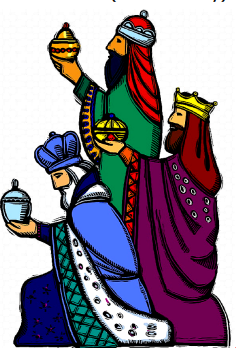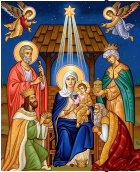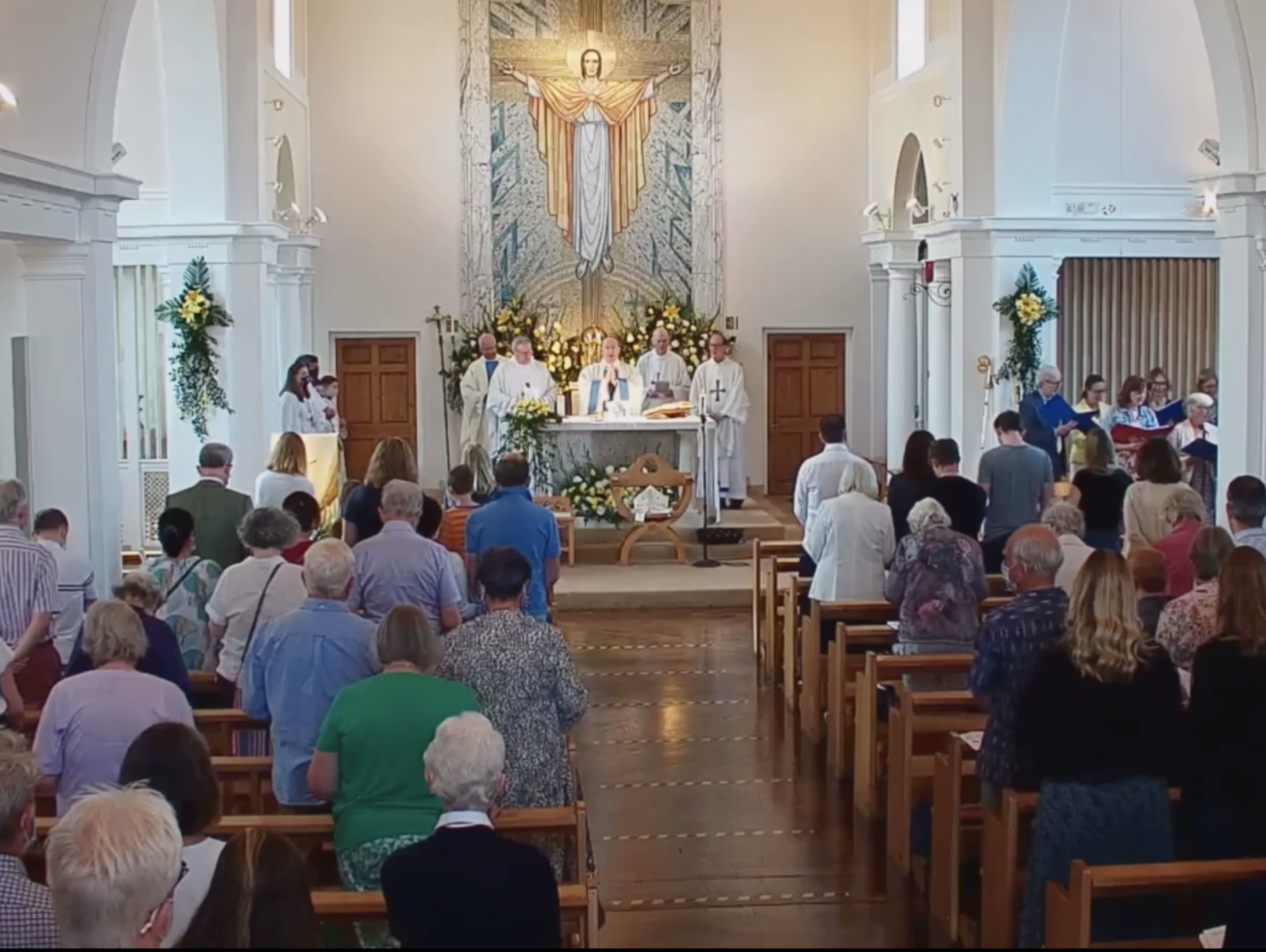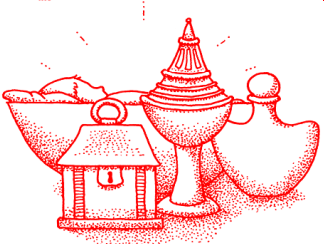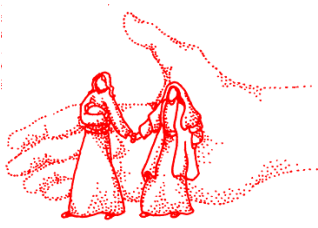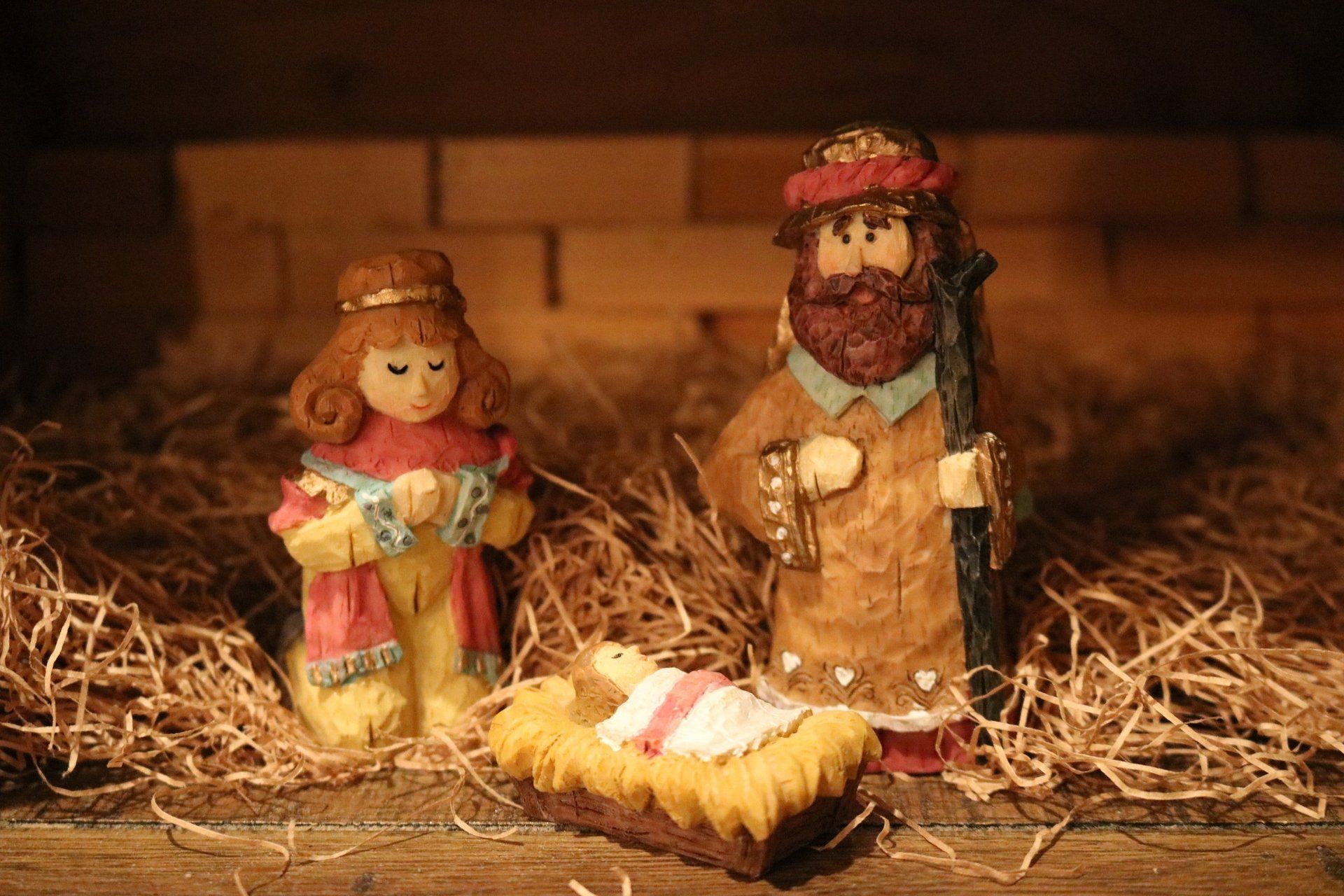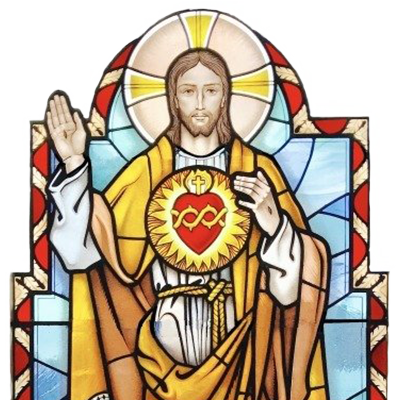St Benedict . . .
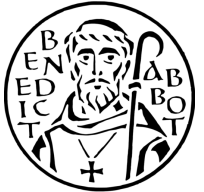
Unfortunately no contemporary biography was written of the man who had the greatest influence on monasticism in the West.
Benedict was born of a very important family in central Italy, studied at Rome, and in his early in life was drawn to monasticism. First he became a hermit, leaving a depressing world - pagan armies on the march, the Church torn by schism, people suffering from war, morality at a very low ebb.
He soon realised that he could not live a hidden life in a small town any better than in a large city, so he withdrew to a cave high in the mountains for three years.
Some monks chose Benedict as their leader for a while, but found his strictness too much. Still the shift from hermit to community life had begun for him. He had an idea of bringing various families of monks into one ‘Grand Monastery’ to give them the benefit of unity, fraternity, and worship in one house. Finally he began to build what was to become one of the most famous monasteries in the world - Monte Cassino, in the mountains north of Naples.
The Rule he developed prescribed a life of liturgical prayer, study, manual labour, and common living under an abbot. Benedictine asceticism is known for its moderation, and Benedictine charity has always shown concern for the people in the surrounding countryside.
In the course of the Middle Ages, all monasticism in the West was gradually brought under the Benedict’s Rule.
